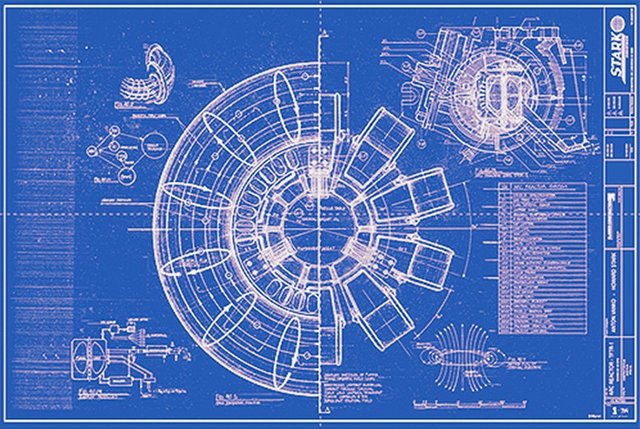How do you heat a Plasma to 10x the Temperature of the Sun's Core? -- Nuclear Fusion

One of the most daunting challenges of nuclear fusion is heating the plasma to a temperature of 150 MILLION degrees. This is 10 times hotter than the core of our sun.
Although a plasma is already very hot on itself, it needs to get hotter. The optimal temperature for deuterium-tritiumfusion at the pressure we can create is around 150 million degrees. With magnetic confinement fusion, the plasma will be heated by 3 external sources. These sources will work together to reach a temperature of a 150 million degrees.
The first step will be ohmic heating. Just like with an electric baking plate, the plasma will initially be heated by using its resistance. If a current goes through a conducting material, some of the energy will always be converted into heat. Because a current is literally the movement of free electrons, there’s always a chance that these free electrons will collide with some of the materials fixed nuclei. This results in internal kinetic energy of the particles which equals heat. With ohmic heating, this property is appealed to. A current is induced in the plasma, which then heats it. How a current is induced will be explained later. The big disadvantage of this technique is that as the temperature rises, the resistance decreases – it’s inversely proportional. This means that after a while, when the temperature is getting too high, this technique won’t work anymore, and we’ll have to switch to another way of heating.
The second technique is called “neutral beam injection”. Here we use very energetic neutral particles to heat the ions in the plasma. Because the particles have no charge they are not affected by the magnetic fields and they can easily reach the plasma.

It works like this (Figure 10): first a plasma is created by bombarding a low pressure gas with microwaves. The gas mostly consists of deuterium and sometimes a mix of deuterium and tritium. Now that we have ions, the positive ones are accelerated to a negatively charged metal plate, while the negative ones are repelled. This separates the charges and the electrical field ensures further heating of the ions, until they are about as hot as the plasma.
In the third step these fast-moving positive ions are neutralized by shooting them with electrons. This results in a beam of neutrally charged particles that is going towards the plasma. The high kinetic energy of the particles is transferred to the ions in the plasma by means of collision. This heats the plasma even further. The neutral particles that were shot into the plasma are now ionized again because of the collisions with present ions. This technique brings the temperature up even more. A third source of heat will get the temperature where it needs to be: 150 million degrees. The technique – high-frequency electromagnetic waves.
water molecules by making them vibrate, and this is what heats up your food or drink. Much like a water molecule only reacts to a specific wavelength, a positively charged nucleus or negatively charged electron can also react to certain wavelengths. This technique uses that property of the electromagnetic spectrum. The energy of waves with a high frequency is transferred to the particles in the plasma, which makes their kinetic energy go up, and that in place makes the temperature rise even more. Different frequencies are used for this, because, like we learned, different particles are affected by different frequencies and wavelengths.
Ohmic heating, neutral beam injection and high-frequency electromagnetic waves will work together to reach the necessary temperature of 150 million degrees Celsius (Figure 11). In the future, scientists hope to achieve a “burning plasma”, a plasma where the energy of the helium ash from the fusion reaction is enough to sustain the temperature. The point when a burning plasma is reached is called “ignition”. If ignition is achieved, the external heating sources will hardly have to do anything which will vastly improve the efficiency of a fusion reactor. A plasma where at least 50% of the necessary energy is generated internally (by the helium ash) is essential for transitioning to the era of nuclear fusion.

Thank you for reading part 5. The post after this is the last one that covers some of the important theoretical stuff, after that it's gonna get exciting! See you next post.